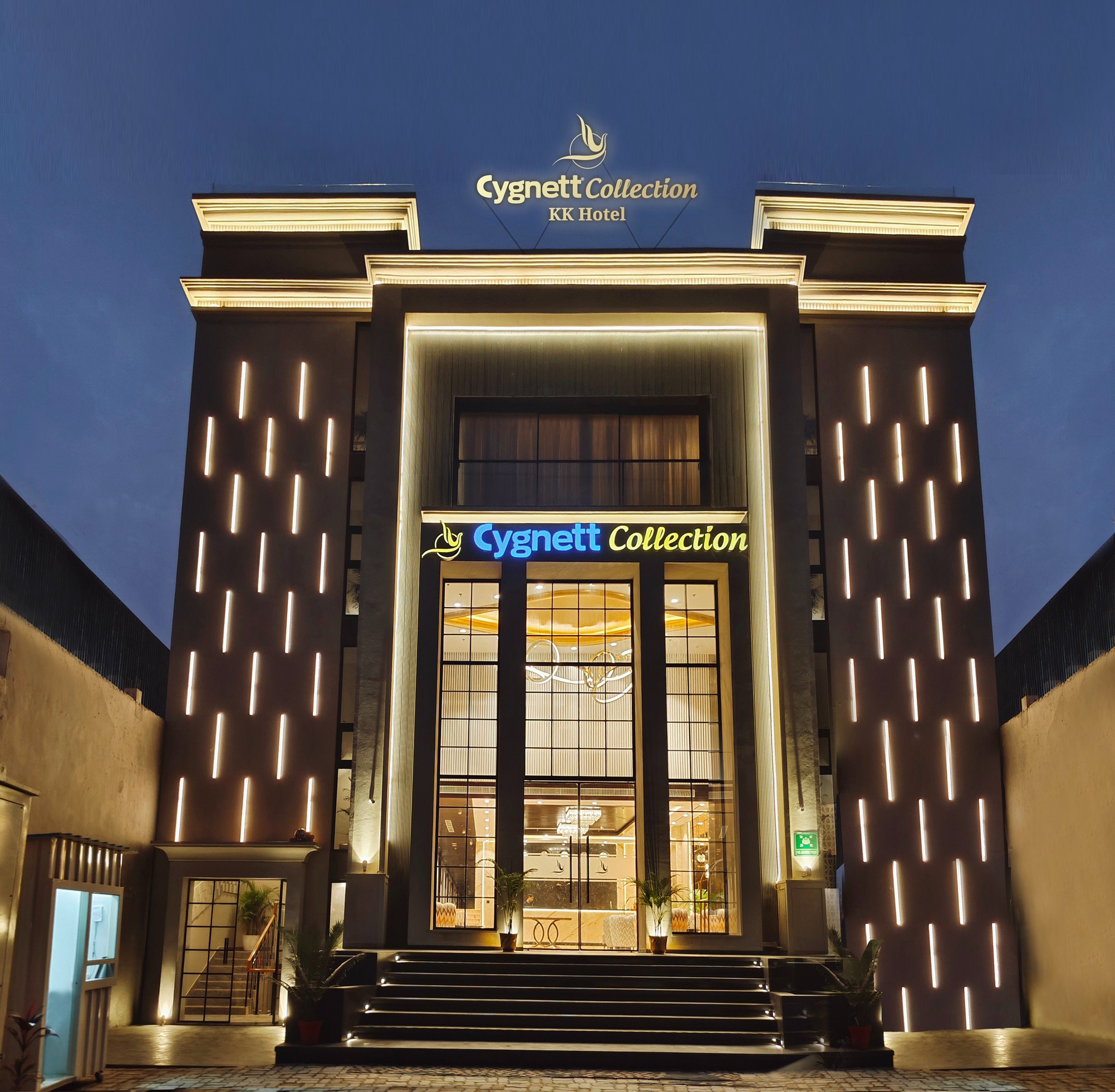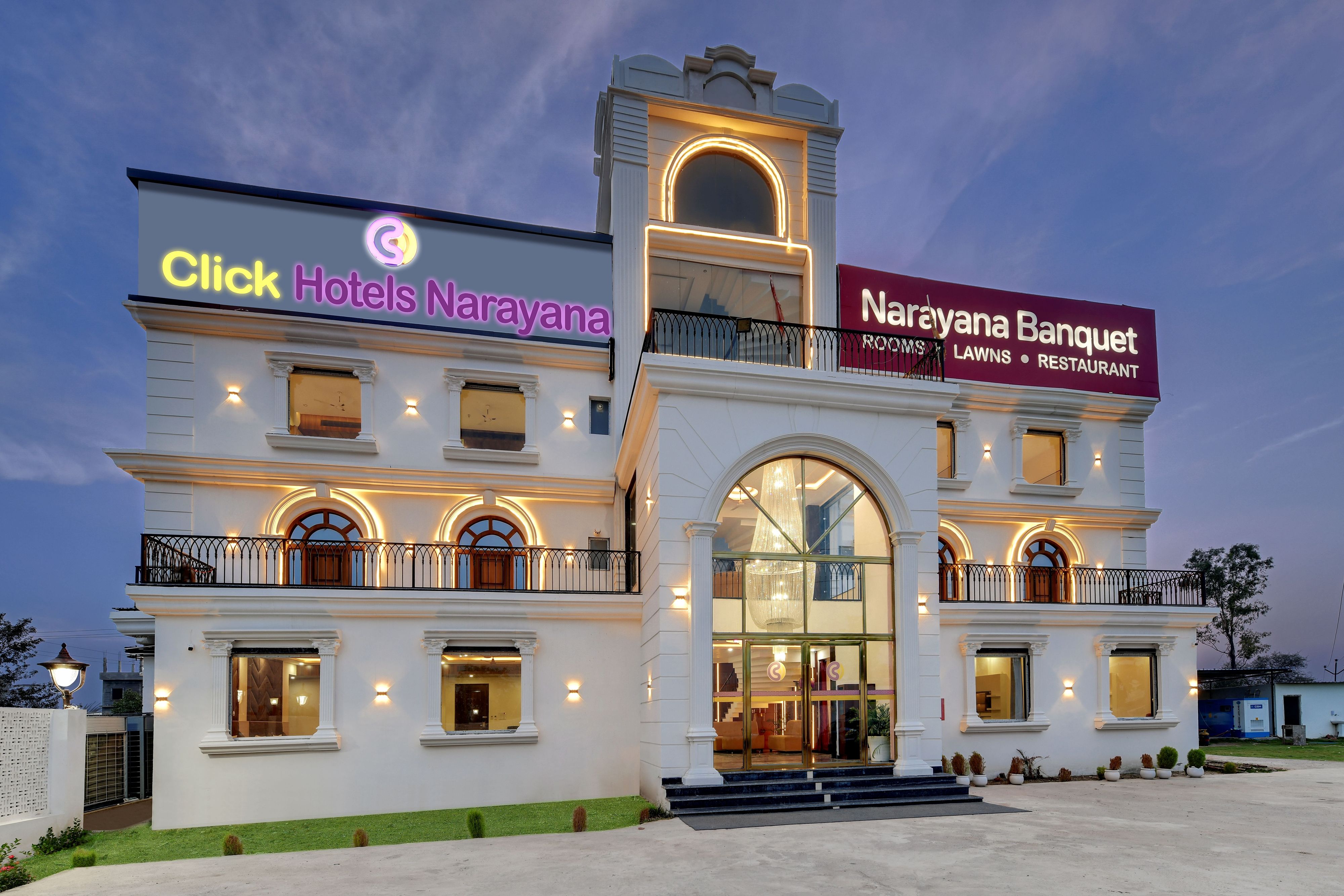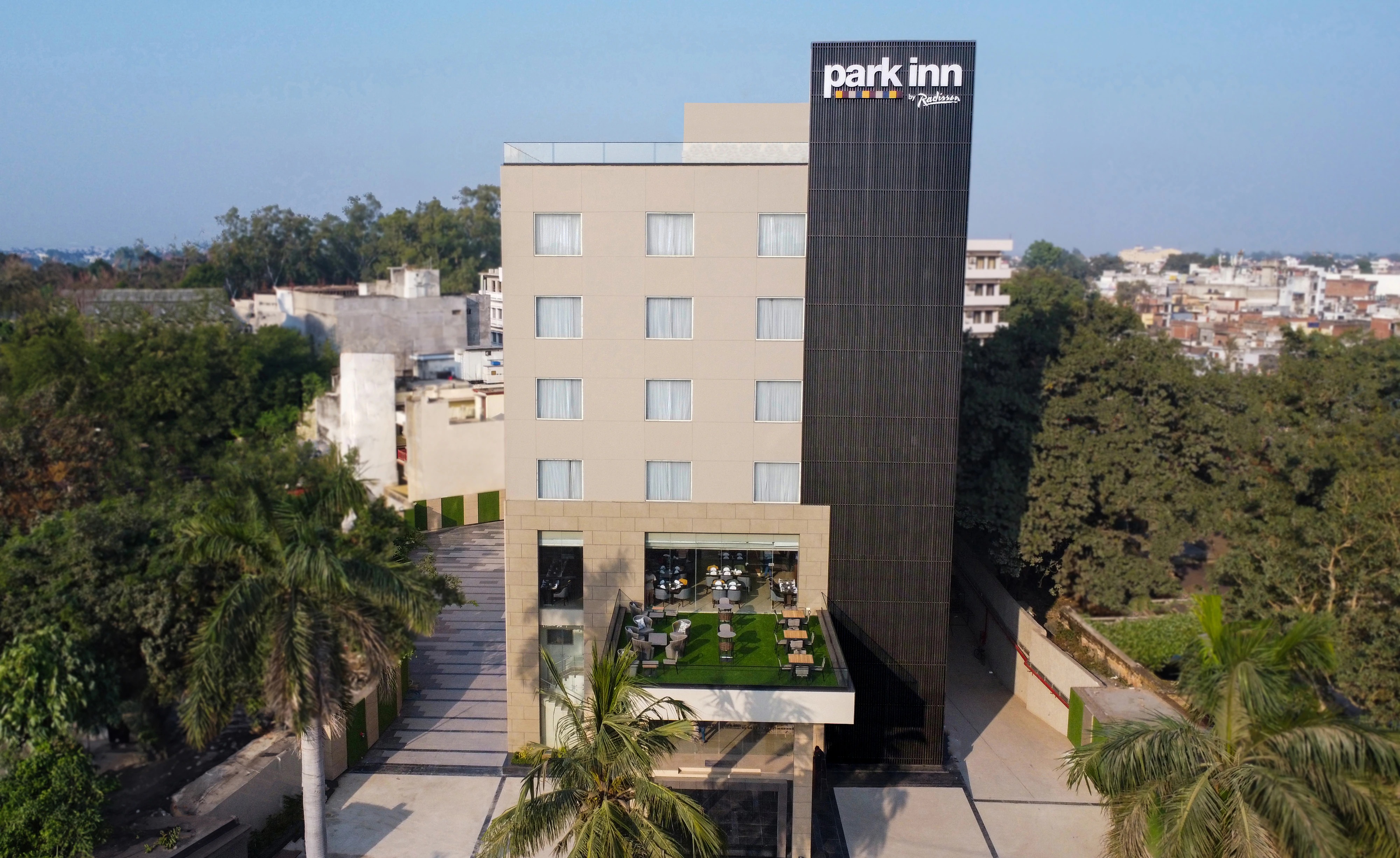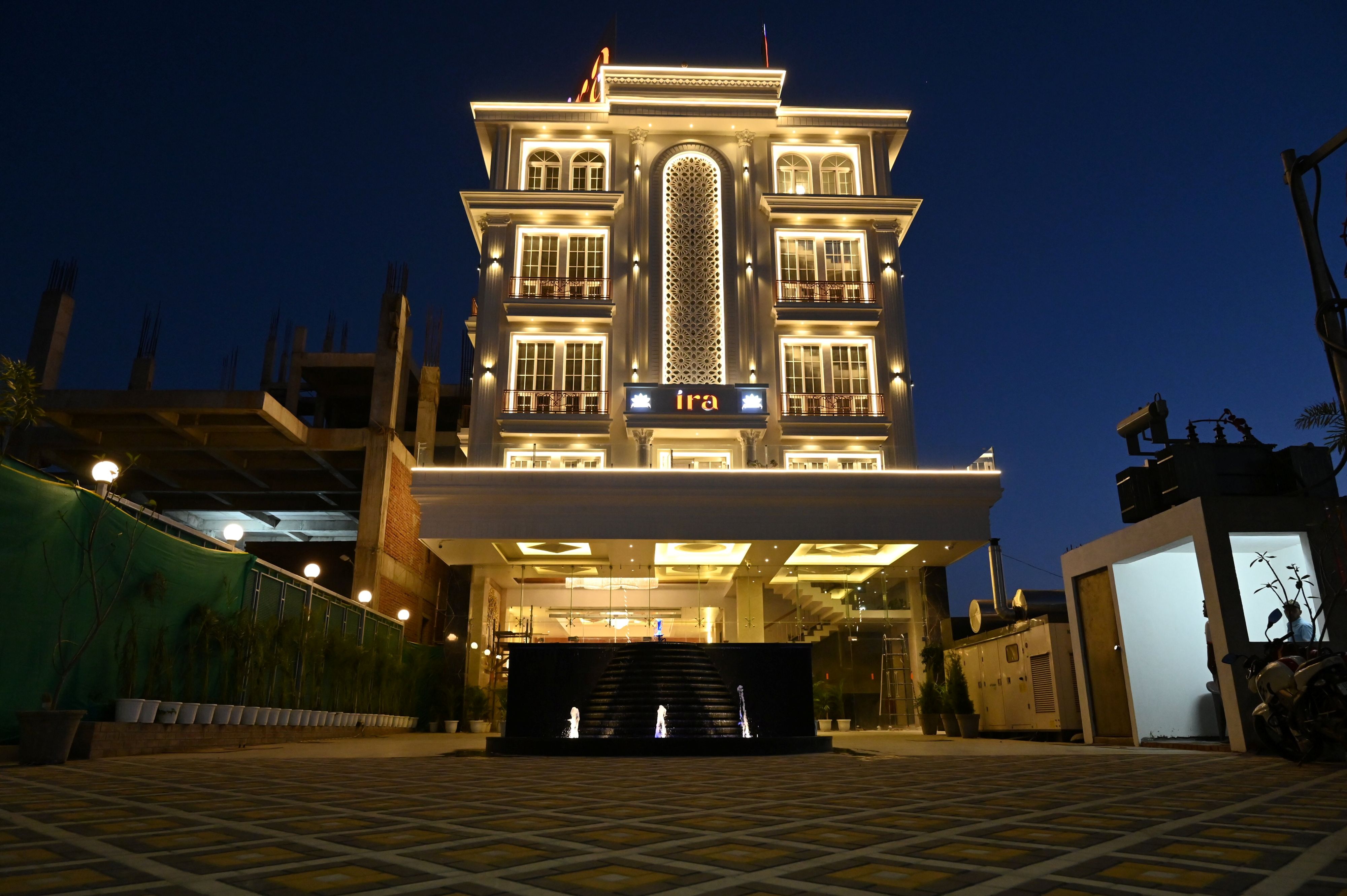3 Days Uttar Pradesh (Ayodhya with Chhapaiya)
Ayodhya > Ayodhya 2N > Ayodhya
Duration
3 Days
Group Size
18 persons
Location
Uttar Pradesh
Sketch Itinerary
Itinerary
Day 1: Arrival in Ayodhya & Half day visit
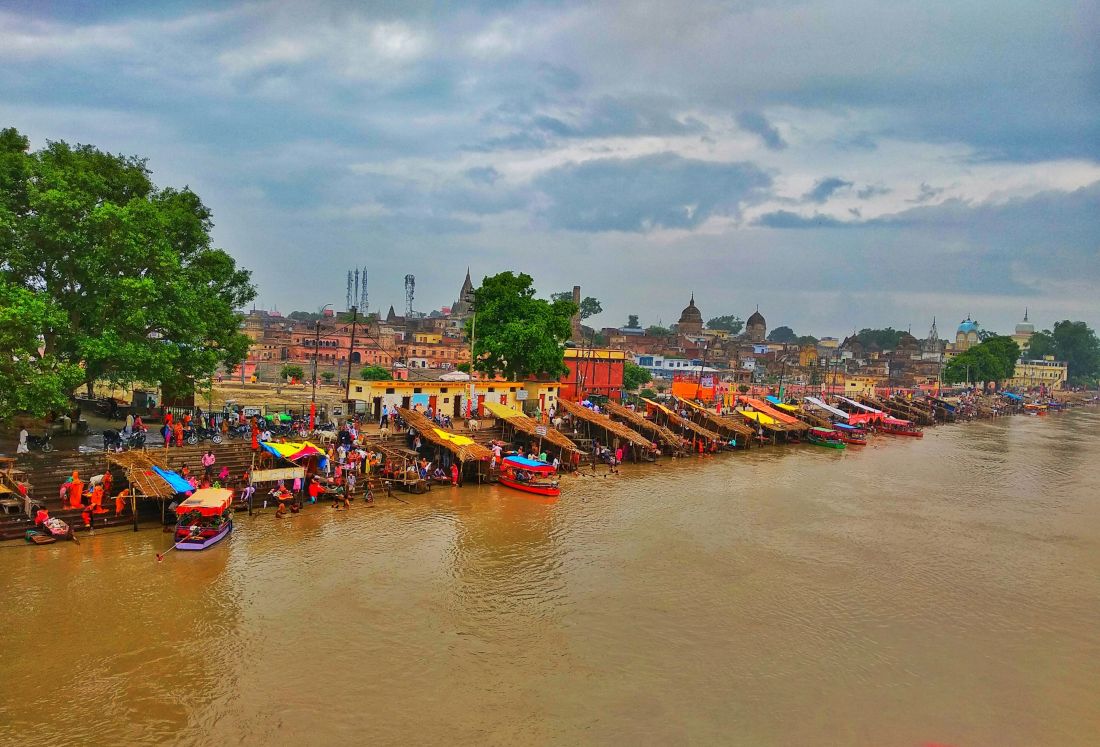
Meal: Dinner
Arrival at Ayodhya Airport / Railway Station.
Upon arrival transfer to hotel & check-in. After fresh & up visit Shri Nageshwar Nath Mandir: the temple of Nageshwarnath is said to have been established by Kush, the son of Rama. Legend is that Kush lost his armlet, while bathing in the Saryu, which was picked up by a Nag-Kanya, who fell in love with him. As she was a devotee of Shiva, Kush erected this temple for her. Then proceed to visit Shri Hanuman Garhi Mandir: Hanuman Garhi is a 10th-century Hindu temple dedicated to Lord Hanuman. It is one of the most important temples in Ayodhya as it is customary to visit Hanuman Garhi before visiting the Ram Temple in Ayodhya. It is believed that Lord Hanuman lived at the temple site guarding Ayodhya. After that proceed to visit Dashrath Bhavan: is the original residence of King Dashrath- the ruler of Ayodhya and father to Lord Sri Ram. Popularly known as Bada Asthan or Badi Jagah, Dashrath Mahal houses magnificent shrines of King Ram. It is situated 50m away from Hanuman garhi. Then visit Kanak Bhawan, also meaning Golden Palace, this temple is also known as Sone-ka-Ghar. It is a holy site dedicated to the Hindu deity Lord Rama and his wife, Goddess Sita. It is believed that this shrine was gifted to Rama and Sita by the former's stepmother, Kaikeyi. If time permit evening experience the divine Saryu Aarti Ceremony at Ram ki Paidi. After visit back to hotel.
Overnight Stay in Ayodhya
Day 2: Ayodhya – Chhapaiya – Ayodhya
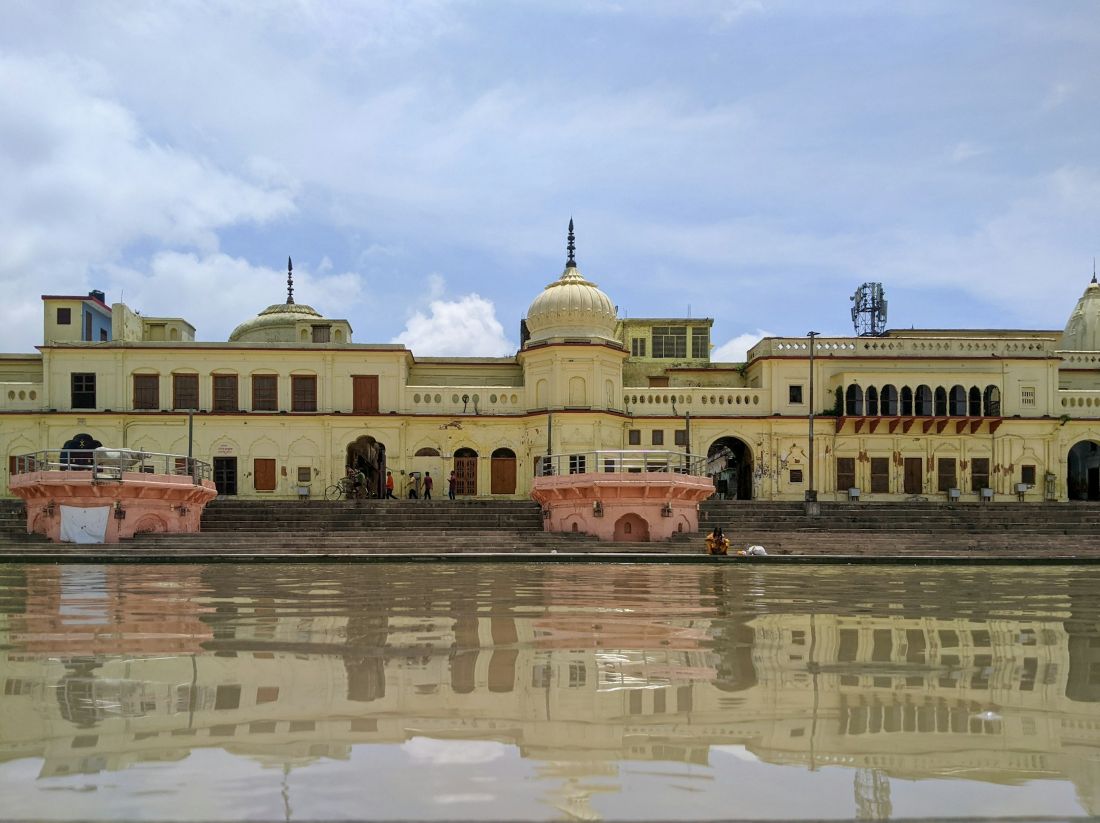
Meal: Breakfast | Dinner
Breakfast at Hotel, then proceed to visit Shri Ram Mandir: (Shri Ram Janmabhoomi) is believed to have been the birthplace of the Hindu deity, Lord Ram, a principal deity of Hinduism. According to the Indian epic Ramayan, Ram, Lord Vishnu's seventh manifestation, is said to have grown up along Ayodhya’s river Sarayu. The Ram Janmabhoomi is a highly revered site for Hindu devotees. After visit drive to Chhapaiya: It is the birthplace of Swaminarayan. Upon arrival proceed to visit Shree Swaminarayan Temple: Swaminarayan was born there on 3 April 1781 as Ghanshyam. This village became a pilgrimage destination for his followers worldwide. After visit drive back to Ayodhya Hotel.
Overnight Stay in Ayodhya
Day 3: Ayodhya – Departure
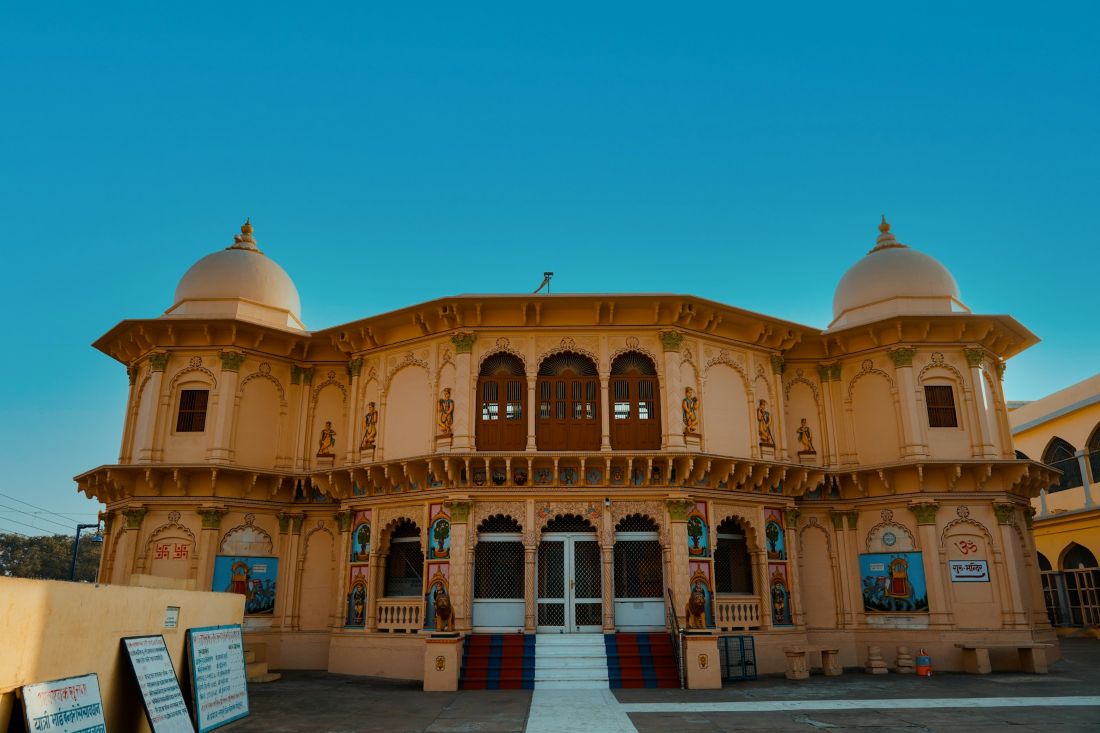
Meal: Breakfast
After breakfast timely check-out from hotel & transfer to Ayodhya Airport / Railway station for your onward destination.
End Tour
Included/Excluded
Hotel Details
Ayodhya (2 Nights)
Ayodhya (2 Nights)
Ayodhya (2 Nights)
Experiences
 Culture, Heritage & History
Culture, Heritage & History Pilgrimage & Spiritual
Pilgrimage & Spiritual Scenic Drives
Scenic Drives Shopping & Local Markets
Shopping & Local MarketsFAQs
What is Uttar Pradesh famous for?
When is the best time to visit Uttar Pradesh?
What are the top tourist destinations in Uttar Pradesh?
How can I reach Uttar Pradesh?
Is public transport easily available?
What kind of food is available?
Are there good accommodation options?
What should I pack for the trip?
Are there any festivals or events worth timing the visit around?
Why is Ayodhya significant?
Where is Chapaiya and why is it important?
Extra prices:
Discounts:
- {{total_price_html}}
- {{pay_now_price_html}}

